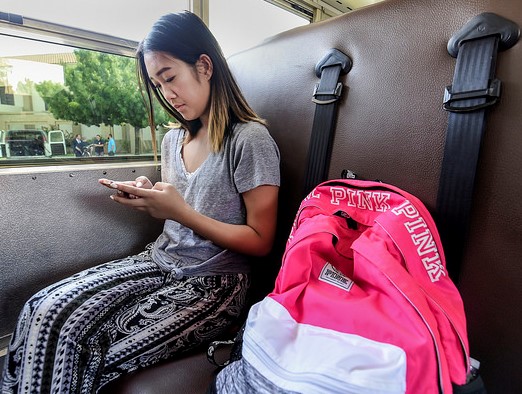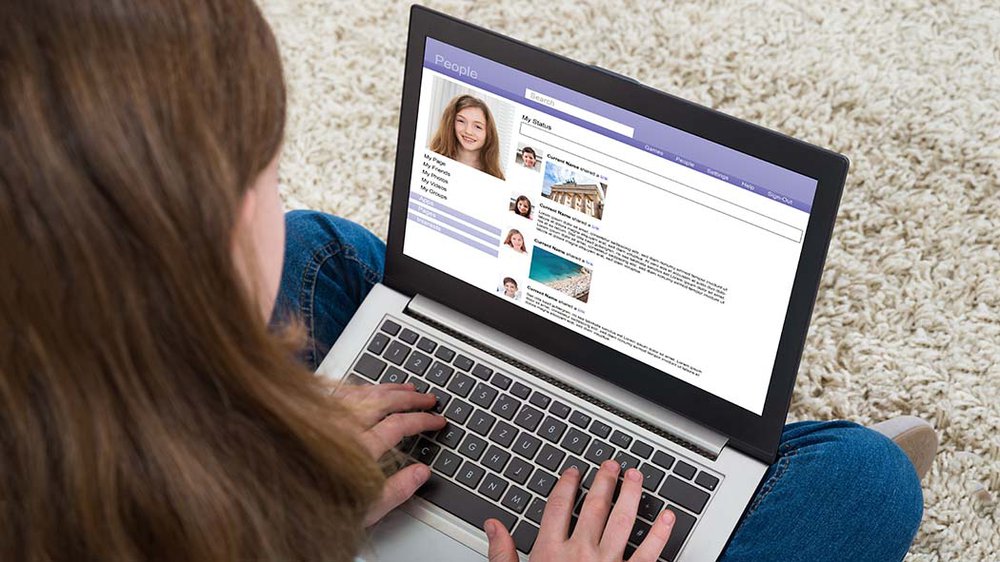I would confidently argue that media literacy and digital citizenship are the most important topics of our time. Media impacts every aspect of our lives, specifically affecting the way we relate to, learn about, and interact with the people around us. Whether it be through social media, blogs, advertising, or the nightly news, all aspects of media cumulatively affect our perception of the world and what is happening within it. With such an incredible impact on our daily lives, the ability to navigate, verify, and trust information is vital for everyone.
As educators, it is our duty to help students understand their impact in the digital world by teaching them the important skills of identifying “fake news,” detecting credible sources, and understanding their role in media creation.
Beyond Identifying Fake News
One of the first challenges media traversers encounter is keeping up with the speed of information. Oftentimes, news outlets don’t have the luxury of time because of how fast they are expected to keep information flowing to their audience. They are often forced to sacrifice accuracy for speed. As the consumers, we must be willing to do our own verification, especially in a world where the term “fake news” is being used with abandon.
Information is much more complex than fact or fiction. It is important that we work with our students to help them truly understand their world, develop a system to comprehend the information around them, and engage with society.
We should teach students to trust information, but always to inquire, confirm, and verify. Educating our students on what is “real” is critical to knowing how global headlines will impact them. One tool that I can confidently use in my work with students and teachers is myON News. This is a reliable news resource a number of schools use to inspire empowerment, engagement, and citizenship in an age-appropriate, relatable, and informative manner. The digital multimedia platform serves as an interactive and fun introduction to daily news and current events for kids, while encouraging them to become global citizens.
The current conversation about fake news puts trusting news sources front and center. Work with your students to get to the core of trust and effective ways to verify that information.
Find the Sources 
There was a time when the dots of information were clearly connected, with fewer go-betweens from the direct source to the media outlet that was publishing it. Now, everything is significantly more complicated. When it comes to online media, start by following the links. They’ll help take you back to the places where the information started. If they lead to a personal social media account, you might want to consider your confidence in the information before sharing it.
For example, I often hear my students tell me that they receive their news from their phone or from social media platforms. We may trust these platforms, but it’s not accurate to trust all the news content we see on them. I work with students to help them understand where the information is coming from. What is the original source? Who created it? Were they paid to write it? Trusting is about asking more questions. By teaching students to slow down and verify sources, we can start to break the bad habits of our rapid-fire media consumption and sharing. Bottom line: if you don’t have time to verify it, you shouldn’t share it.
Exploring Media as Creators
Not long ago, the definition of media literacy expanded to include media creation. No longer are students primarily passive consumers of media—they are now active content creators via online sharing, posting, and commenting. Every time our students Snap a picture to a friend or comment on Instagram, they are contributing to the media landscape.
Include tools in your classrooms that help empower students to create their own media. Consider teaching students how to create videos, integrate coding skills, and explore creating and using apps. As we empower students to become effective creators, we instill critical thinking skills to support them as they navigate the incredible information flow they encounter daily. By embracing their engagement in media creation, we can educate them on how to properly take part in the new world as media-literate participants.
Media literacy and digital citizenship encourage students to use their critical thinking skills to ask questions about what they’re creating, consuming, and sharing. We should help students understand that simply because they see something online or in the news doesn’t always mean that information is 100% correct. The key is keeping an open and curious mind.











